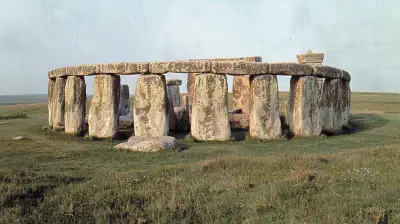Exploring the Crumbling Glory of Rome’s Colosseum
24 August 2025
If walls could talk, the Colosseum would have stories to fill an entire library. For nearly two thousand years, this magnificent ruin has stood tall in the heart of Rome, a silent witness to the rise and fall of empires, epic gladiatorial battles, and the undying love of history buffs who keep coming back for more. But what is it about this broken yet breathtaking amphitheater that continues to intrigue millions of visitors each year? Let’s take a deep dive into the crumbling glory of the Colosseum and find out.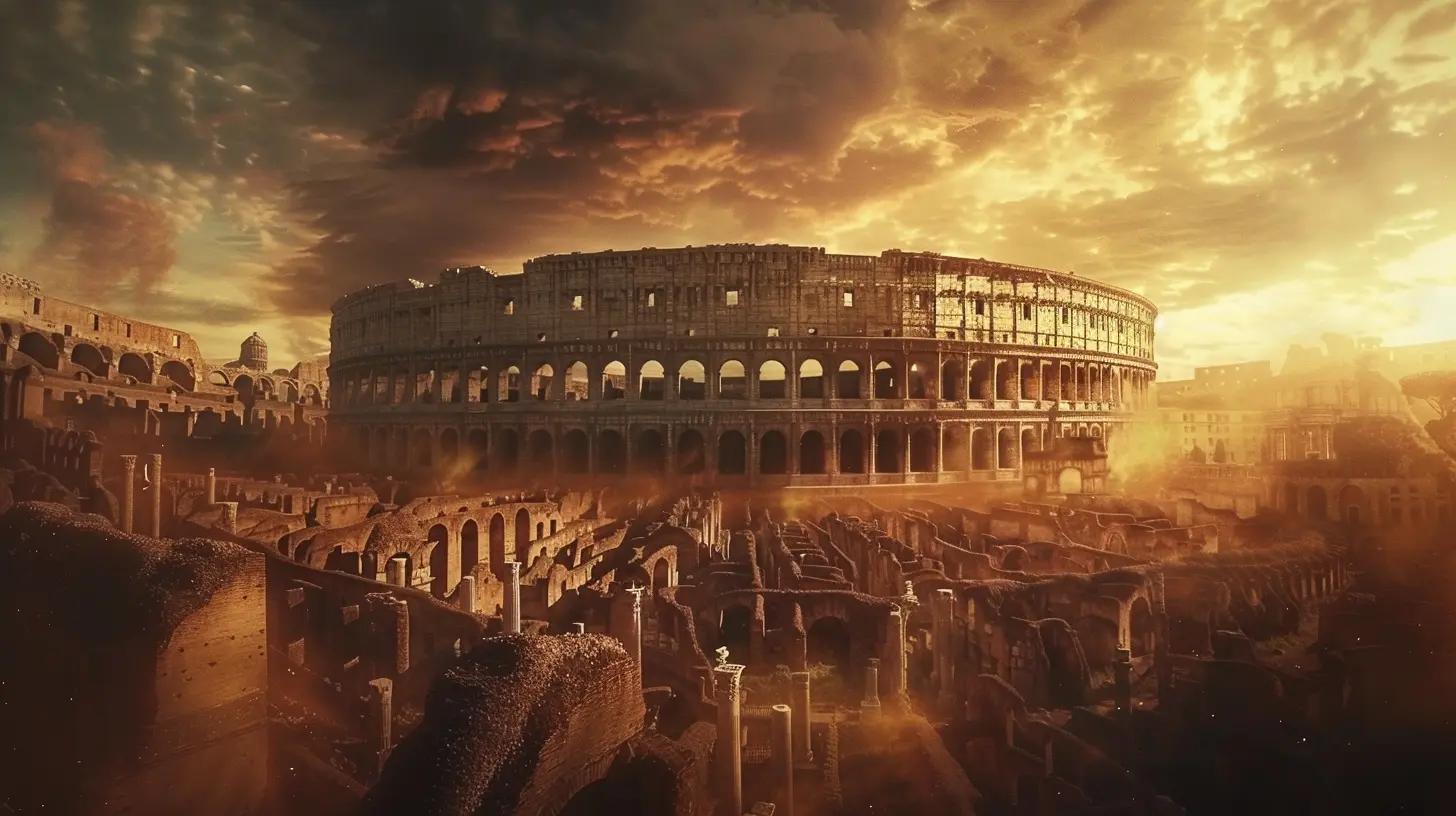
A Monument to Power and Spectacle
The Birth of an Icon
Back in 72 AD, Emperor Vespasian decided Rome needed an arena that would leave the world in awe. The result? The Flavian Amphitheater, better known today as the Colosseum. By 80 AD, under Emperor Titus, this architectural marvel was ready to host 50,000 spectators who gathered to witness blood-soaked battles, wild animal hunts, and extravagant public spectacles. It wasn’t just an entertainment hub—it was a statement of Rome’s dominance.A Grand Stage for Gladiators
Imagine the deafening roar of the crowd, the clash of swords, and the sheer adrenaline as warriors fought for their lives. Gladiatorial combat was the Colosseum’s main attraction, drawing thousands eager to watch these brutal, often fatal, duels. While many fighters were slaves or prisoners, some willingly stepped into the arena for fame and fortune. Victory meant glory; defeat often meant death.But it wasn’t just about men battling each other—exotic beasts like lions, tigers, and elephants also made appearances, often meeting grim fates for the sake of Roman entertainment. The Colosseum was essentially the ancient world’s version of a high-stakes reality show—except losing here wasn’t just about being voted off.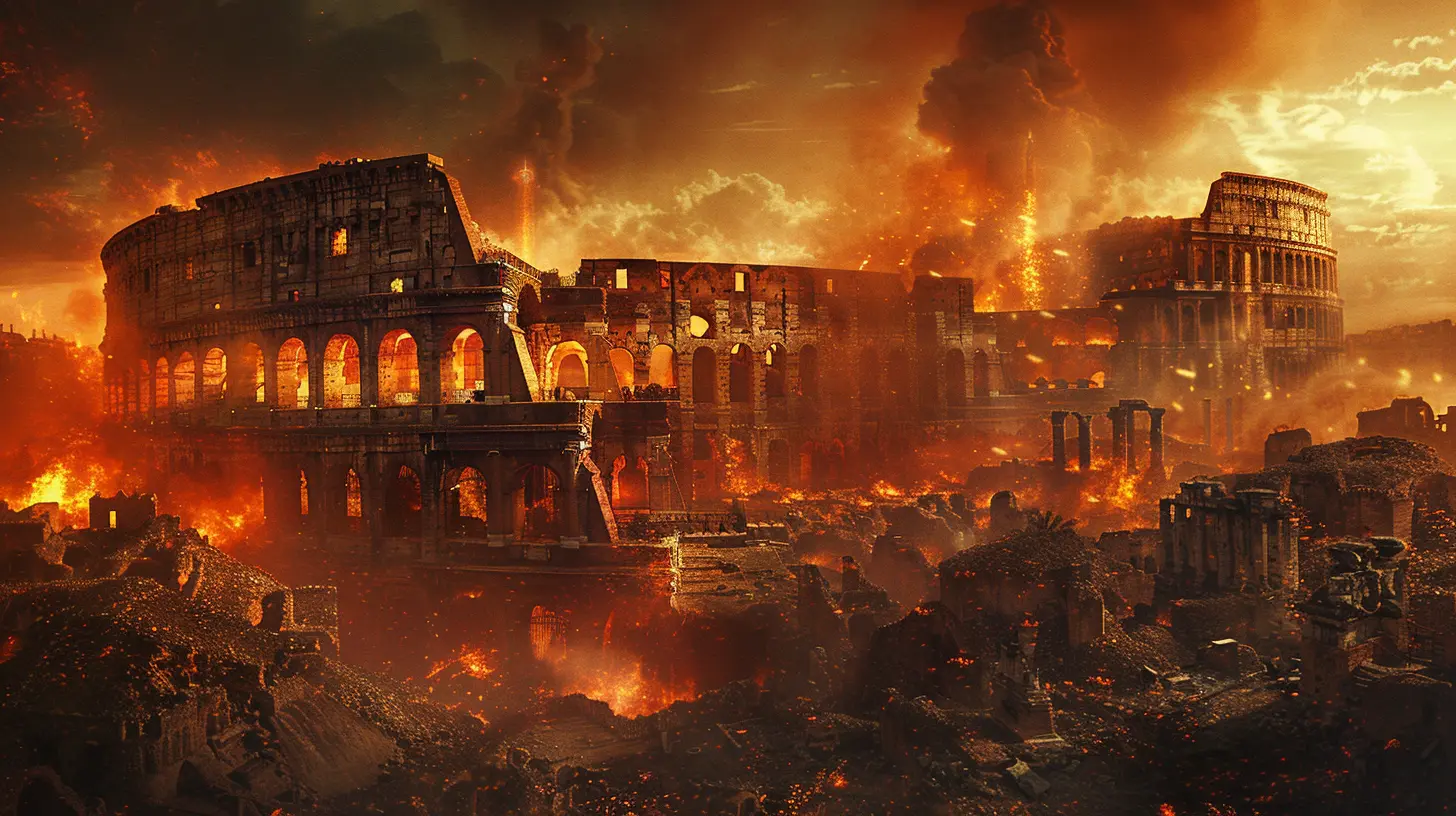
The Slow Decline of a Masterpiece
From Glory to Ruins
Time has not been kind to the Colosseum. After the fall of the Roman Empire, the grand amphitheater went through a pretty rough phase. Earthquakes, fires, neglect, and even stone looters chipped away at its former grandeur. By the Middle Ages, parts of the structure were repurposed into housing, workshops, and even a fortress.Add to that centuries of exposure to the elements, and it’s no surprise that what remains today is only a fraction of its original splendor. But somehow, even in ruin, the Colosseum retains its aura of majesty—maybe because its very survival is a testament to Rome’s resilience.
Legends and Myths Surrounding the Colosseum
Like any ancient wonder, the Colosseum is wrapped in mystery and myths. Some say it was a site of Christian martyrdom, though there isn’t much solid proof. Others believe hidden underground tunnels once led to secret escape routes or even treasure chambers. While much of this may be more fiction than fact, it only adds to the irresistible allure of this ancient ruin.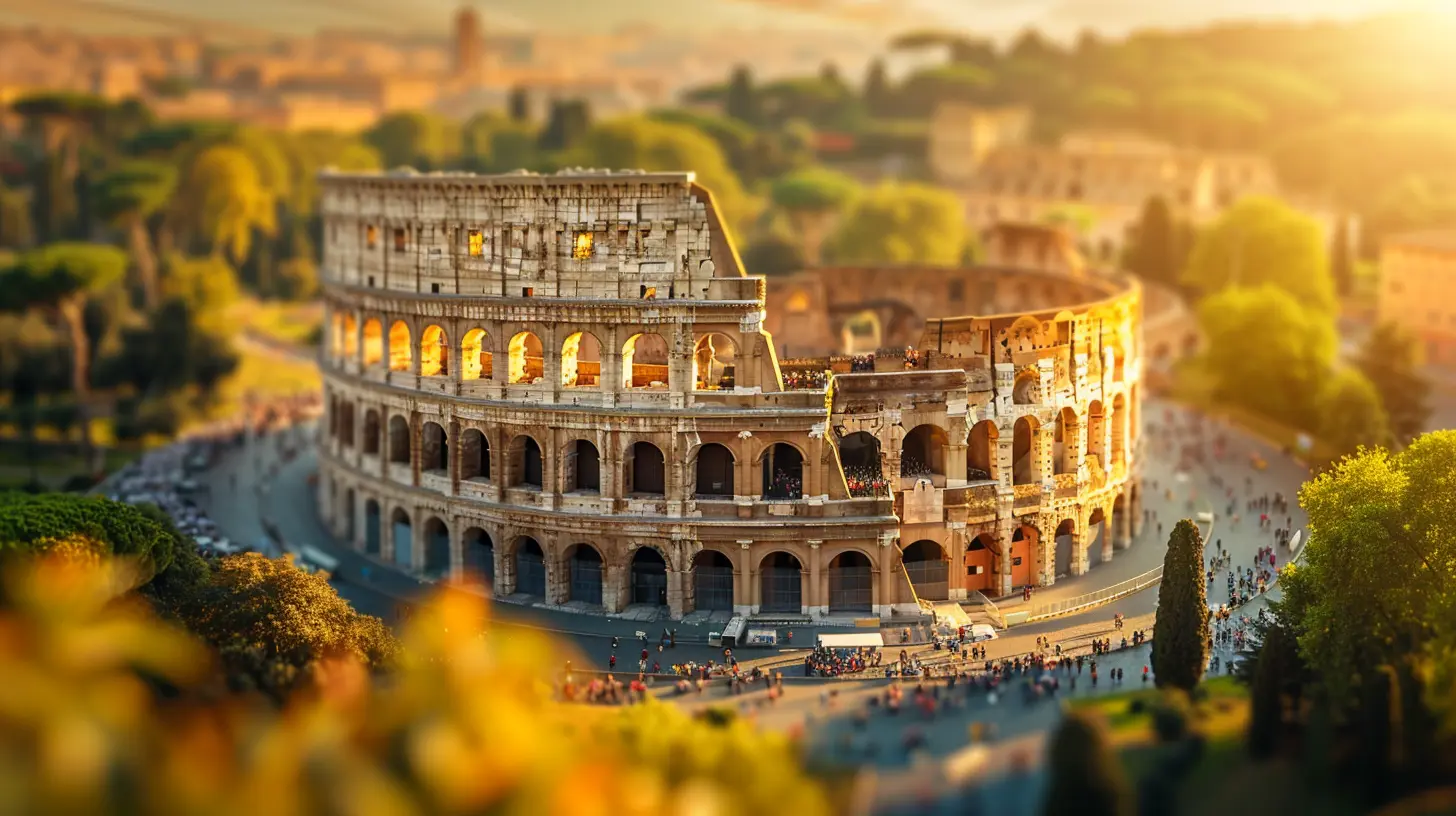
What It's Like to Visit the Colosseum Today
Walking Through History
Stepping into the Colosseum today feels like stepping back in time. The sheer size of the structure is enough to make your jaw drop. Even in its crumbling state, the intricate details—arches, corridors, underground chambers—transport you to a time when emperors ruled and gladiators fought for their lives.One of the best parts? The hypogeum, the underground labyrinth beneath the arena. This is where warriors and wild animals were kept before being dramatically hoisted into the battleground above. Walking through these dark, eerie tunnels gives you chills, imagining the tense moments before a gladiator met either glory or doom.
The Best Ways to Experience the Colosseum
Want to make the most of your visit? Here are a few tips:- Go early or late in the day – The Colosseum gets packed, so aim for sunrise or late afternoon for fewer crowds.
- Book a guided tour – There’s so much history here that a guide can truly help bring it to life.
- Check out the night tours – Seeing the Colosseum illuminated under the stars is pure magic.
- Don’t skip the Roman Forum and Palatine Hill – Your ticket usually includes these adjacent historic sites, and they’re just as fascinating.
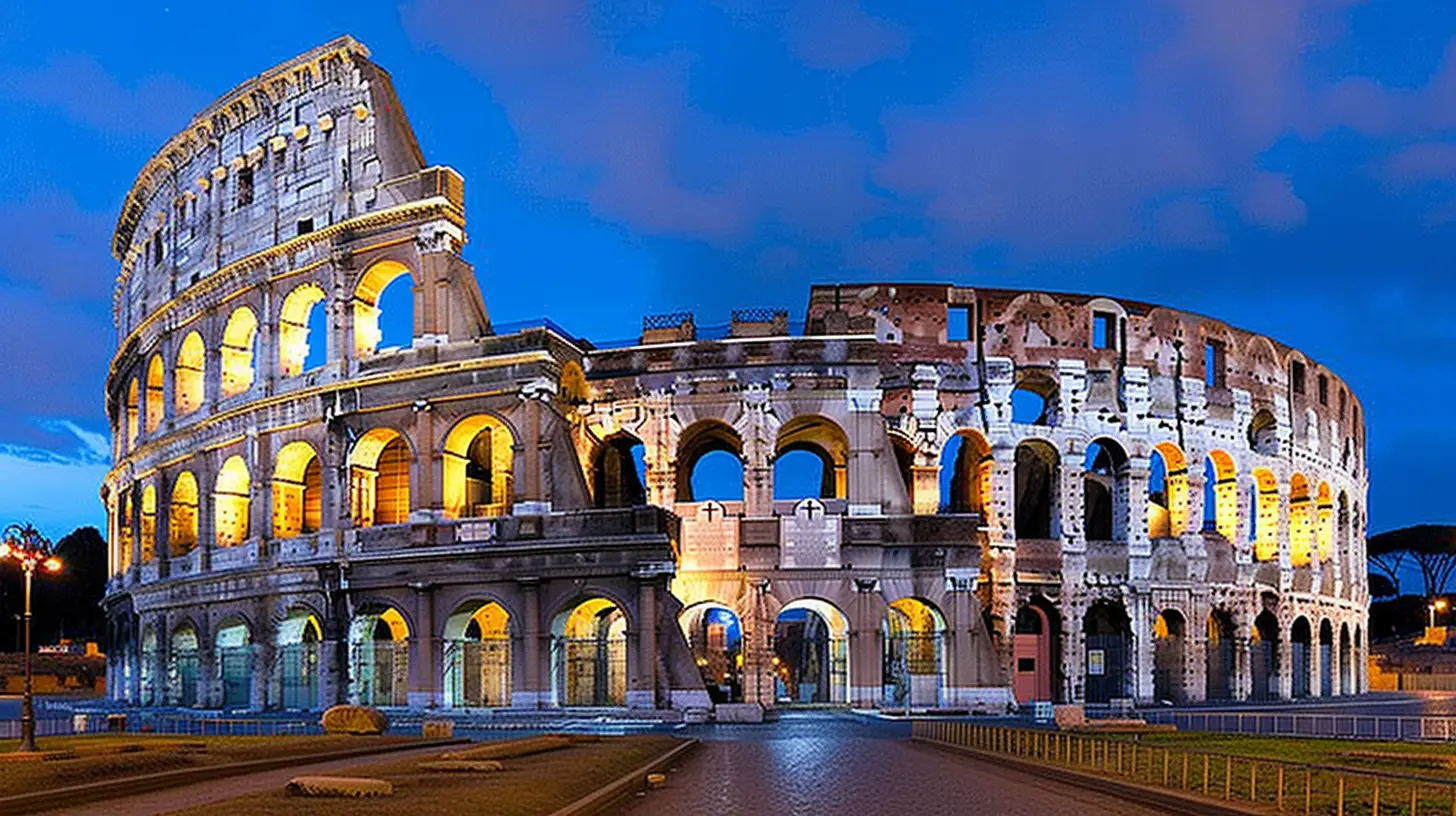
The Colosseum’s Lasting Legacy
Despite its battered state, the Colosseum remains one of the greatest symbols of ancient Rome. It has inspired countless films, books, and even modern-day stadium designs. Millions flock to it every year, standing in awe of what’s left of its towering walls and imagining the grandeur that once was.But perhaps the real beauty of the Colosseum isn't just in its past—it's in the fact that it still stands, whispering stories of history, bravery, and spectacle to every traveler who walks through its ancient arches. It’s a reminder that even in ruins, greatness can endure.
Final Thoughts
Rome's Colosseum is more than just a must-see tourist attraction—it's a time capsule, a monument to a civilization that shaped the world. Whether you're a history lover, a curious traveler, or just someone who wants to stand in the shadow of one of history’s greatest monuments, the Colosseum delivers an experience like no other.So, the next time you find yourself in the Eternal City, stand inside these age-old walls, close your eyes, and listen—because if you listen closely enough, you just might hear the echoes of ancient Rome still lingering in the air.
all images in this post were generated using AI tools
Category:
Ancient RuinsAuthor:

Pierre McKinney
Discussion
rate this article
1 comments
Sylph Gates
Absolutely love the Colosseum! Its history and beauty are simply breathtaking. 🌟
August 26, 2025 at 2:54 PM

Pierre McKinney
Thank you! The Colosseum truly is a remarkable testament to Rome's rich history and architectural brilliance. 🌟


